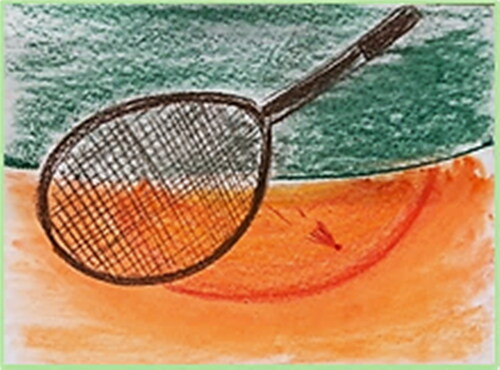Figures & data
Table 1. Therapeutic factors in museum art therapy.
Figure 27. B.’s sudden awareness of the finitude of life as she was playing badminton with her friends.

Register now or learn more
Open access
Table 1. Therapeutic factors in museum art therapy.
Figure 27. B.’s sudden awareness of the finitude of life as she was playing badminton with her friends.

People also read lists articles that other readers of this article have read.
Recommended articles lists articles that we recommend and is powered by our AI driven recommendation engine.
Cited by lists all citing articles based on Crossref citations.
Articles with the Crossref icon will open in a new tab.